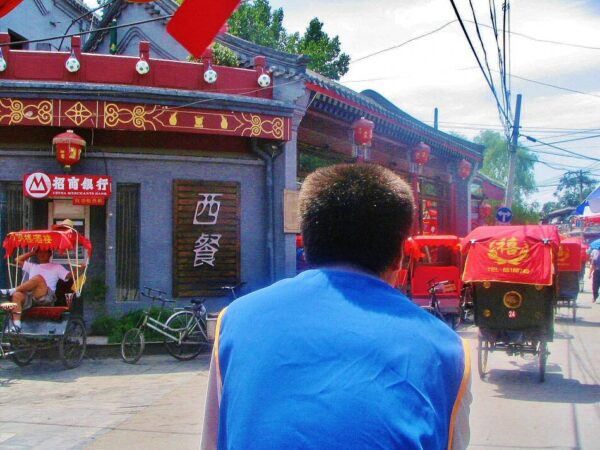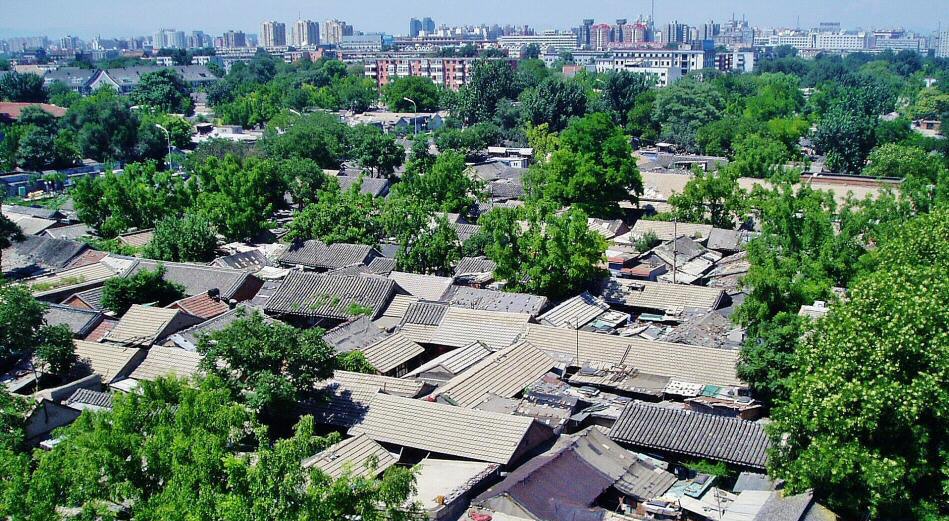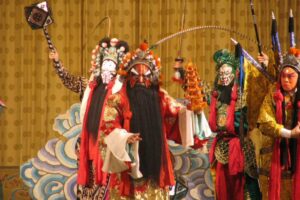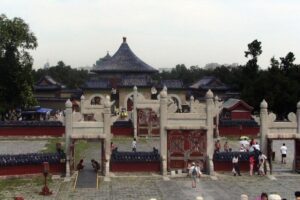Visiting Pekin and not visit the hutong is missing out on the opportunity to learn about the traditional way of life of the Pekingese.
The current Beijing city of the great avenues and the modern skyscrapers, which is what tourists find when travel to China, has nothing to do with the ancients traditional neighborhoods de la ciudad.
The huge and fast Beijing transformation process has made a large part of the hutong, but there are still many traditional neighborhoods in the city.
And what is more important, the Chinese authorities have established a protection area with the aim of preventing them from disappearing.
To get to know the historical essence of the capital of China, it is essential that you visit some hutong of those that are preserved
All the information in detail
What are hutongs?

La hutong name, which in Chinese means alleys, refers to the neighborhoods of traditional Beijing which extended into large blocks of low houses, all of the same gray color.
Visit the hutong It involves moving through frameworks and narrow alleys, which in many cases do not exceed three meters wide.
It is a labyrinthine route with countless turns, which can lead tourists to get lost.
The hutong They have their origin in the time of the dynasty Yuang (1271-1368), and were built throughout the subsequent imperial dynasties until the arrival of the Chinese Revolution.
HUTONG TOUR
To visit the traditional hutong neighborhoods of Beijing you have the option of signing up for a Tour of the Forbidden City with the company of a guide in Spanish.
It is an 8-hour excursion that will begin with a visit to Tiananmen Square and continues with a tour of the Forbidden City, ending in the hutong.
What to see in the hutong
Al visit the hutongs of beijing We have the opportunity to learn about the historical lifestyle of the Pekingese.
It really is the way for tourists to connect with traditional Beijing, very far from what we can now see in most of the city, large avenues and modern skyscrapers.
And within the lifestyle, we should not pass up the opportunity to access one of the traditional hutong houses.
When we walk through the hutong alleys, we only see long gray walls without any windows to the outside.
But behind those walls are the traditional houses known as the “patios” (in Chinese, the Siheyuan).

These are closed areas in which around a central patio you can access the rooms of only one ground floor, in which several families can live, and whose doors and windows only face the central patio.
The first thing that tells us that we are in front of one of these houses Hutong Siheyuan is the Wooden door, whose decoration will be a reflection of the social position of the owners of the houses.
This will be marked by the logs that are located at the top of the door.
Those with the greatest number of trunks (four) are houses inhabited by a high official or a high-ranking military officer.
Likewise, it is also common to place signs on the doors with phrases that try to reflect the idiosyncrasies of the owner of the house.
Upon passing through the door we enter directly into the square patio.
In imperial times it was usual for the house to be owned by a single owner, but after the Chinese Revolution In a house, several families used to live in the different rooms that surrounded the patio.
ORGANIZE your TRIP
- Don't forget your TRAVEL INSURANCE with a 5% discount
- Book the HOTEL for your trip
- RENT a CAR for your trip
- The best TOURS and EXCURSIONS in Spanish
- NO-LINE TICKETS for museums and monuments
- Best FREE TOURS around the world
- Book your TRANSFER from the airport
- eSIM card with INTERNET at the best price
Although they are usually quite small in size, in this patio we will find some trees, flowers and different decorative elements, the most common tree being the pomegranate tree.
Around the central courtyard There are the different rooms.
actually when visit a hutong You will see small rooms with very simple furniture, in which it is now common for two or three families to live.
The cultural importance of traditional neighborhoods of beijing, those mentioned hutong , and specifically the Siheyuan courtyards, has made the Chinese government has declared the most prominent hutong as protected areas.

This measure will allow tourists to visit these neighborhoods in the future, which have largely been disappearing to be replaced by modern skyscrapers.
How to visit hutongs
Although there are still many areas of Beijing where these traditional neighborhoods remain, to visit the hutong Tourists usually go to the area of the Drum Tower, where you access the Shichahai hutong.
What is recommended for hutong visit is to do it mounted on a traditional tricycle (rickshaw) driven by one person, with space for two passengers.
The agencies that offer tourists the possibility of visit a hutong They already include the tricycle tour.
on the tricycle You will be able to move through the most popular areas, through the narrow alleys.
If you would like to visit the hutong on your ownWhen hiring the tricycle we must previously negotiate the service price of the tricycle with the driver.
A common price to pay for tourists is about 30 yuan (three euros at the exchange rate), although in the end it is a matter of haggling and agreeing on a price, but it really is cheap.
Tour agency to visit the hutong
Now, the visit to the hutong It is also one of the organized excursions offered by Chinese travel agencies in Beijing, which we can hire in advance or in the hotel itself.
As an example, a 5-hour hutong tricycle tour, including a visit to a Siheyuan, to share the food with the family that resides in the traditional house, it can cost us 100 euros per person.

















Comment